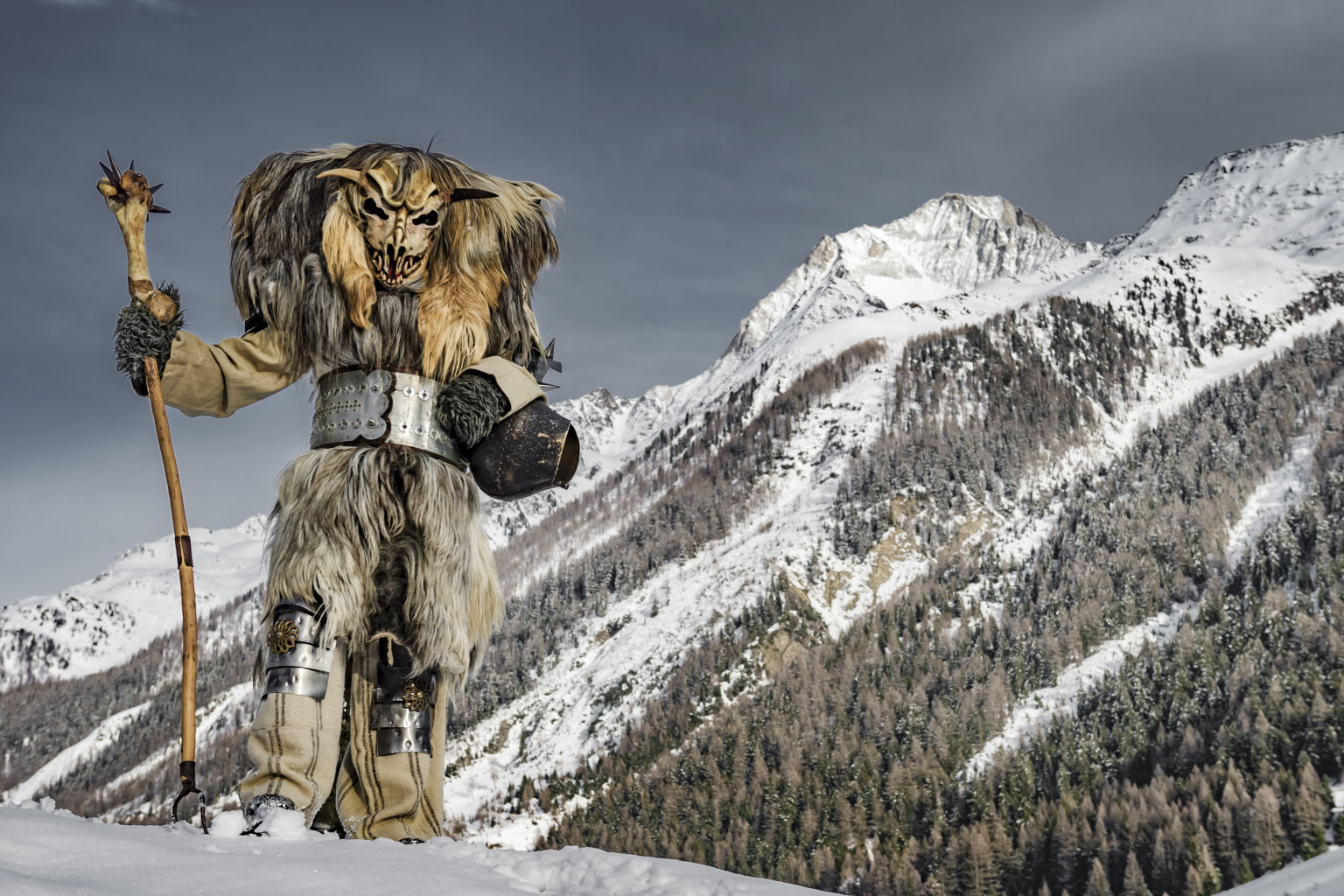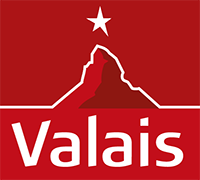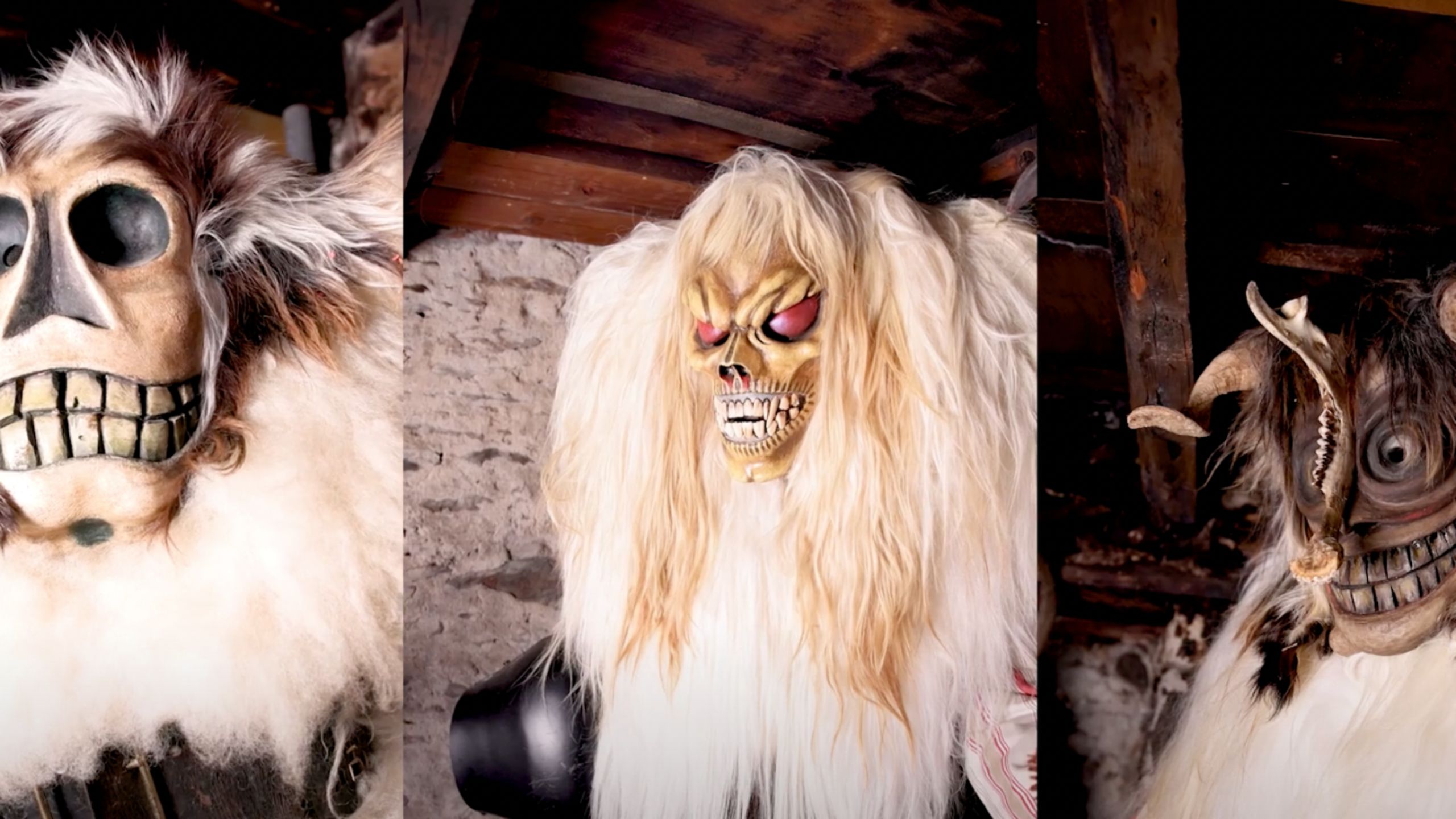Carnival
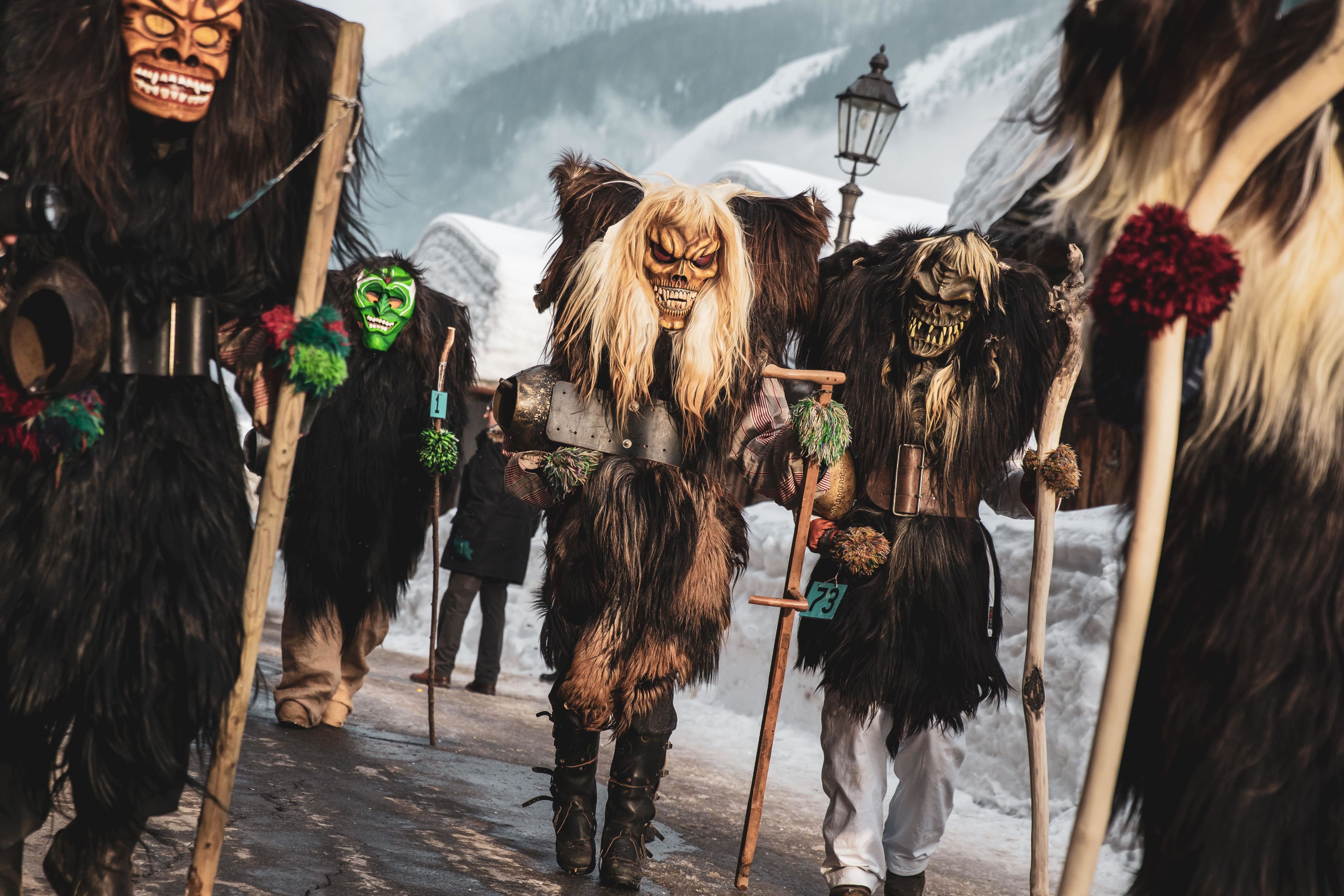
In Valais, the end of winter is synonymous with Carnival.
This secular tradition is still strongly rooted in the canton; the festive and convivial streak in the Valais character ensures that everyone enjoys the extra opportunity to meet up and celebrate together. Each valley or village organises its own festivities; all feature adults and children dressing up in costume. Ancient traditions – such as those of the Tschäggättä and the Peluches – can still be seen at certain locations.
What is Carnival, exactly?
In general, Carnival covers the period between Epiphany (6 January) and Shrove Tuesday (whose date can vary between 3 February and 9 March), but most activities take place during the final six days. The first of these days is known in French-speaking Valais as Jeudi Gras (“Fat Thursday”) and the last day as Mardi Gras (“Fat Tuesday”). Carnival, in other words, comes just before Lent, which runs until Easter. During these six days, the keys of the town are given to the Carnival prince or princess, who reigns until Shrove Tuesday. People gather to party at venues with bars run by local societies (football, brass band, etc.) or at the town’s cafes, bars and restaurants. Custom dictates that everyone dresses up, more or less following a theme that is set by the local Carnival association and which changes every evening.
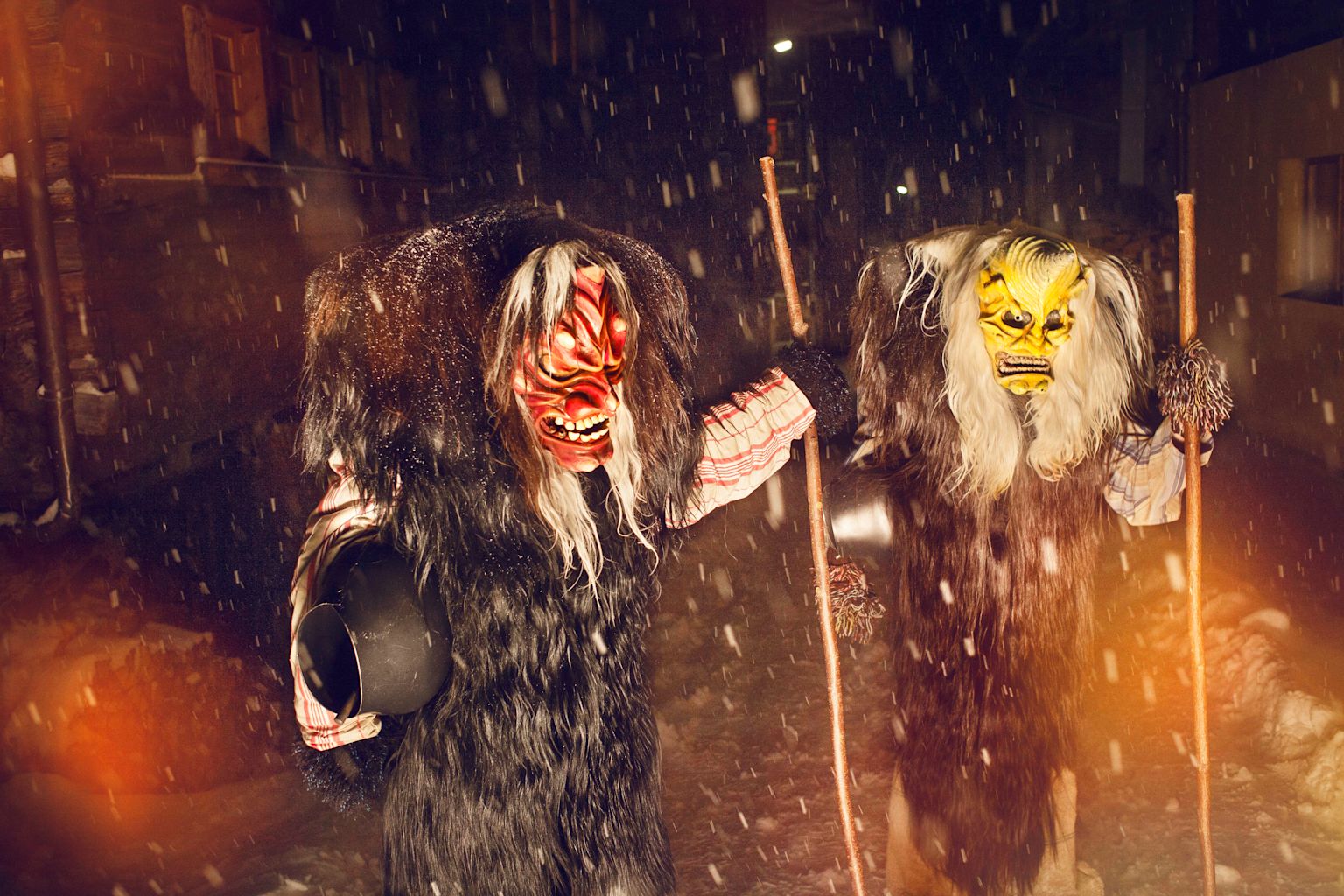
History
While there are no written records that allow us to determine definitively the origins of Carnival in Valais, historians suggest that some of these customs date to prehistoric times, when the first existing masks are believed to have been made. Rituals intended to banish evil spirits during winter already took place during the Bronze Age in Valais; such practices were meant to protect villages from avalanches and allow spring to come. The Peluches and Empaillés of Evolène, for example, certainly originate from this period.
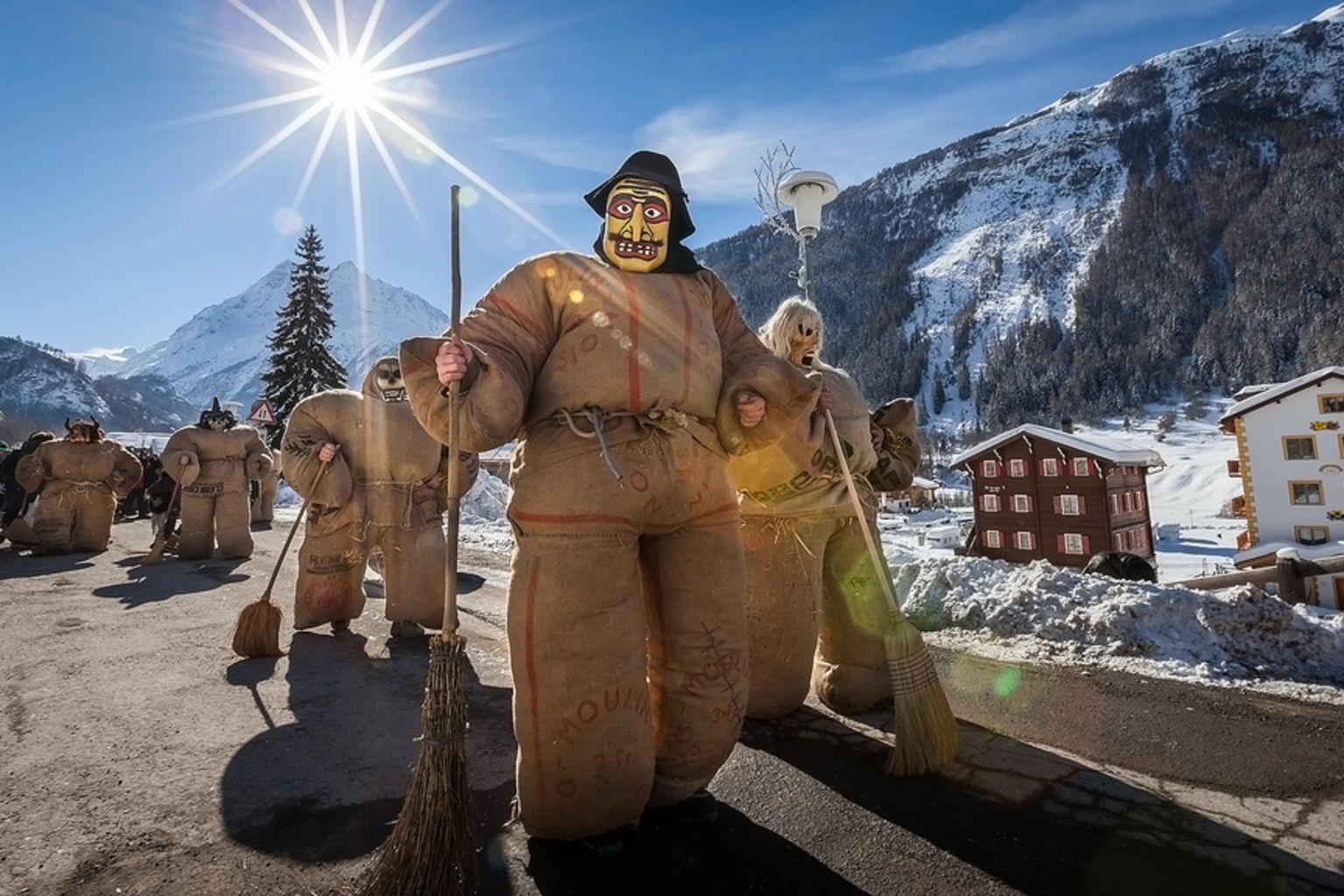
Traditions
Cuddly toys and stuffed animals
In Evolène, the carnival season begins as early as Epiphany Day, when young people walk through the village with cowbells. Later, it is the Peluches’ turn: strange creatures in animal furs, hand-carved wooden masks, cowbells and scraps of cloth tied tightly around their legs. During carnival week, they are joined by the Empaillés, who parade through the village dressed up with straw-filled jute sacks and rice brooms. With the lighting of the Poutratse on Mardi Gras, Evolène marks the end of the carnival season.
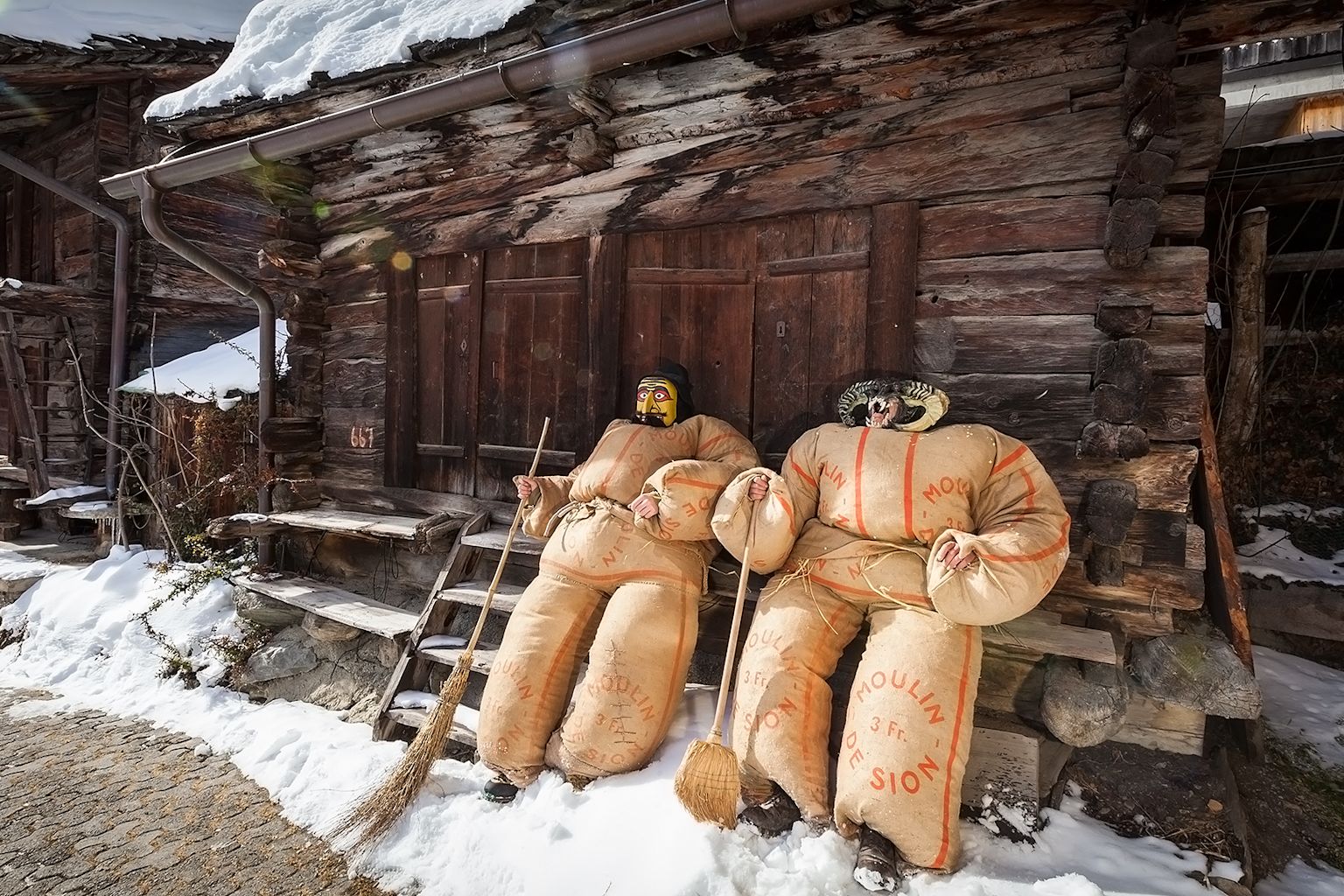
Tschäggättä
They’re a veritable hallmark of the Lötschen valley. The Tschäggättä roam the streets during carnival, making people shake at the knees and scaring the living daylights out of many a person. Wild figures dressed in sheepskin or goatskin with frightening, hand-carved wooden masks, upturned clothes, humps, wooden sticks and large cowbells tied around their stomachs with a leather belt. Watch out in case they get out.
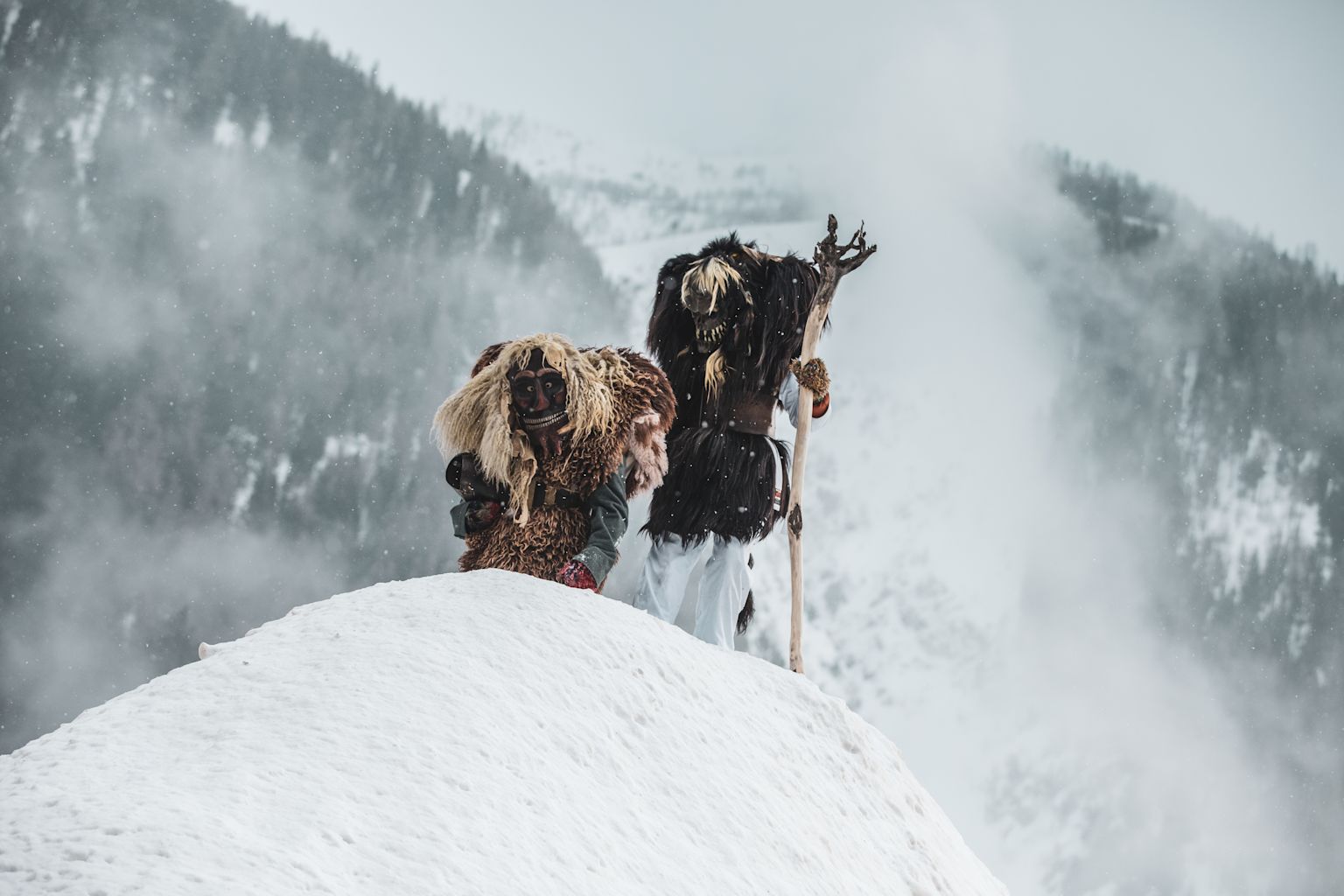
"Göiggler"
At the beginning of the 19th century, so-called Göiggler first appeared in the Saas Valley to drive away evil spirits before Lent. As a result, they still parade through the streets during carnival with self-sewn costumes, horse tails made of real hair and bells. Over the black undergarments, they don several layers of skirts around the waist, neck, wrists and calves, which are trimmed with fur at the hem. They wear a mask and a suitably decorated hat.
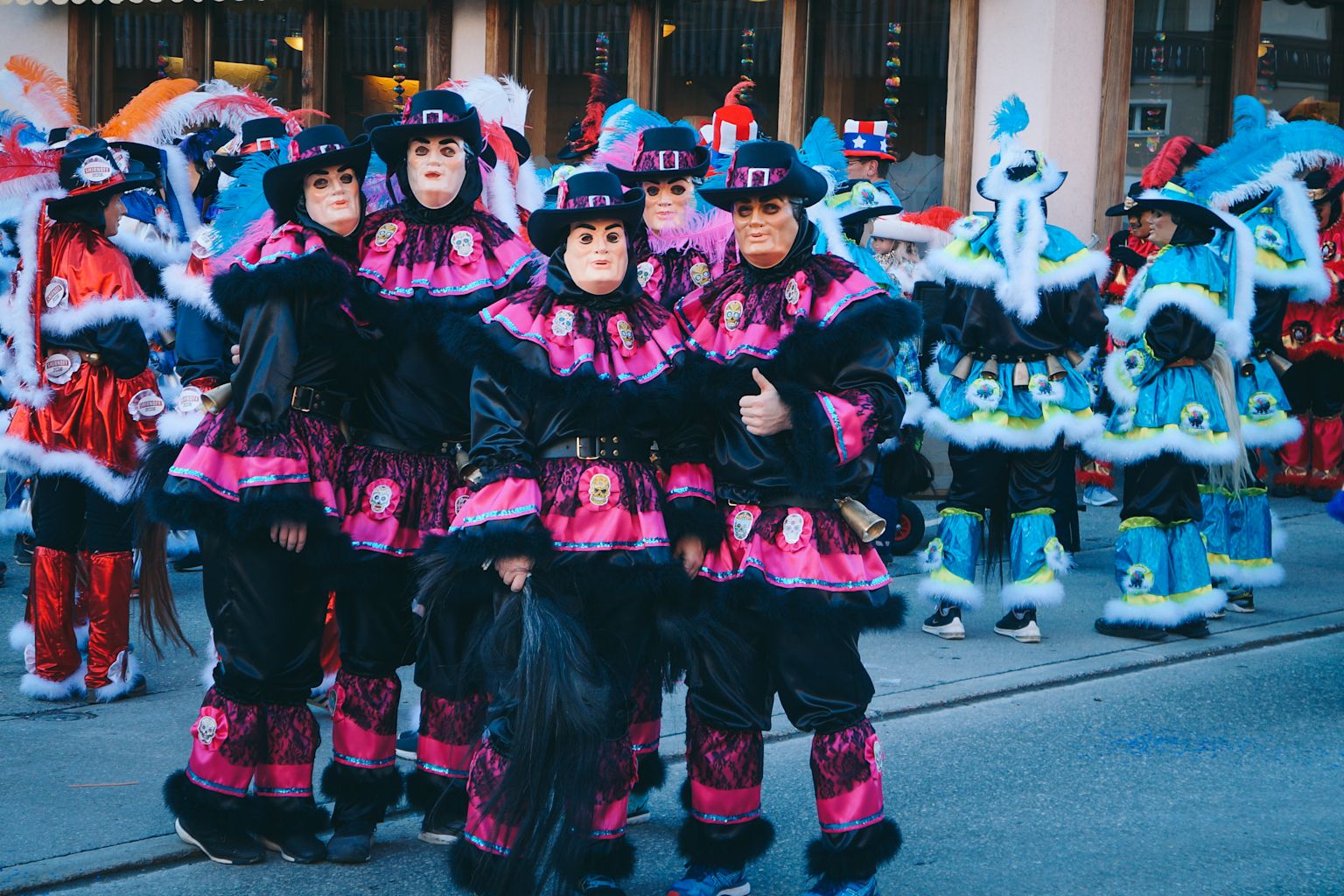
"Gnooggär Füüdini"
The carnival hustle and bustle in Bratsch, Erschmatt and Niedergampel, also called Gnooggär Bergen, dates back to the 19th century. With fat, soot or white flour on their faces, people dressed up with their robes turned inside out and had sheep or cow bells tied around them. From the 1940s onwards, half-masks, furs and inverted Trilch skirts with rags were added. In 1970, so-called Füüdini took part in a carnival procession for the first time. Since then, the Gnooggär Füüdini have been an integral part of the fifth season.
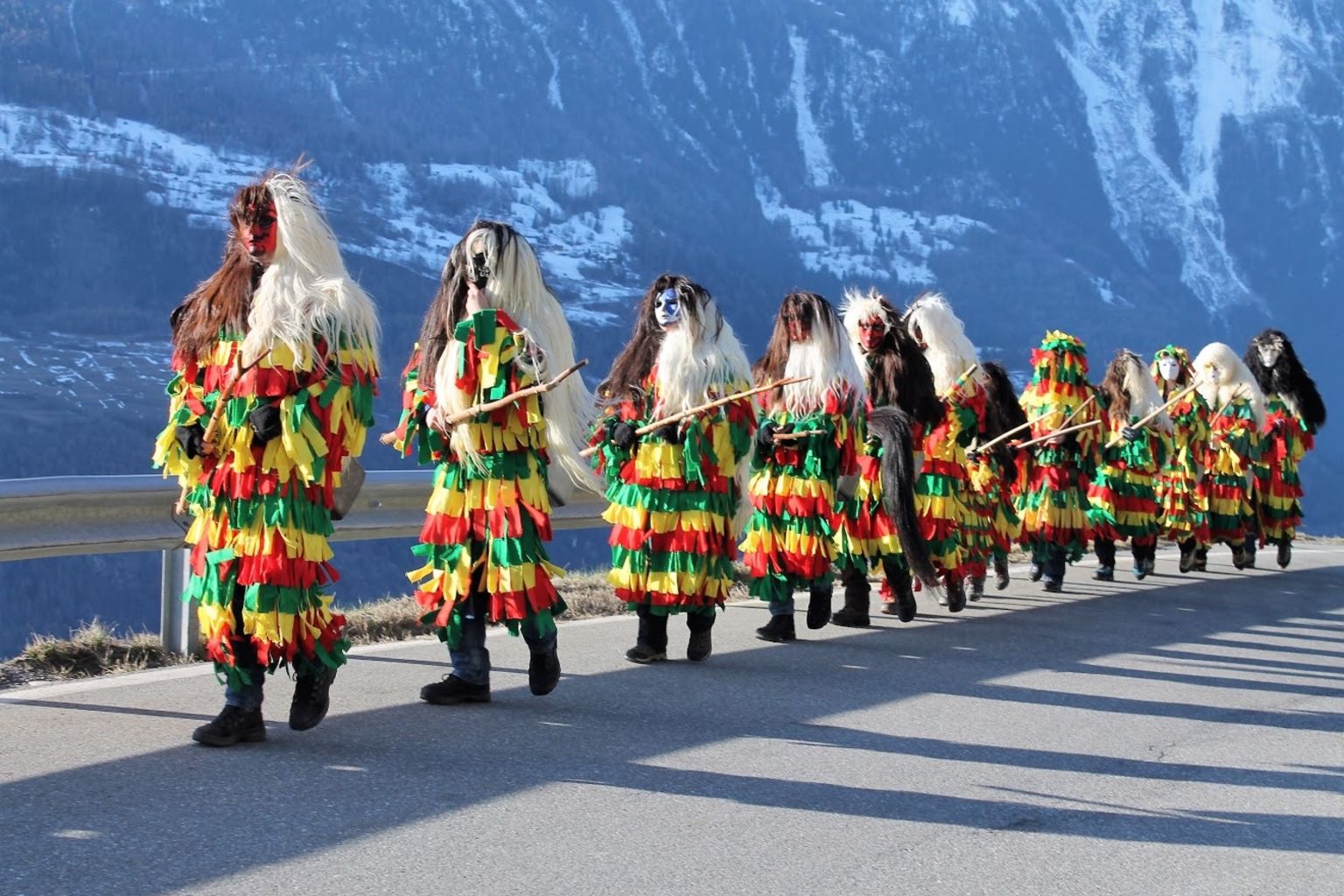
Guggenmusik groups (or guggens)
Guggens are musical groups formed of brass and percussion instruments. Members wear special costumes and tend to come from the same town or village; some already play in local brass bands, others may be beginners. These musical groups perform primarily during Carnival, when they play a mixture of popular music, traditional pieces and current hits. They are often invited to take part in Carnival celebrations other than their own, so that in a single evening, visitors can hear the local guggens along with guest groups.
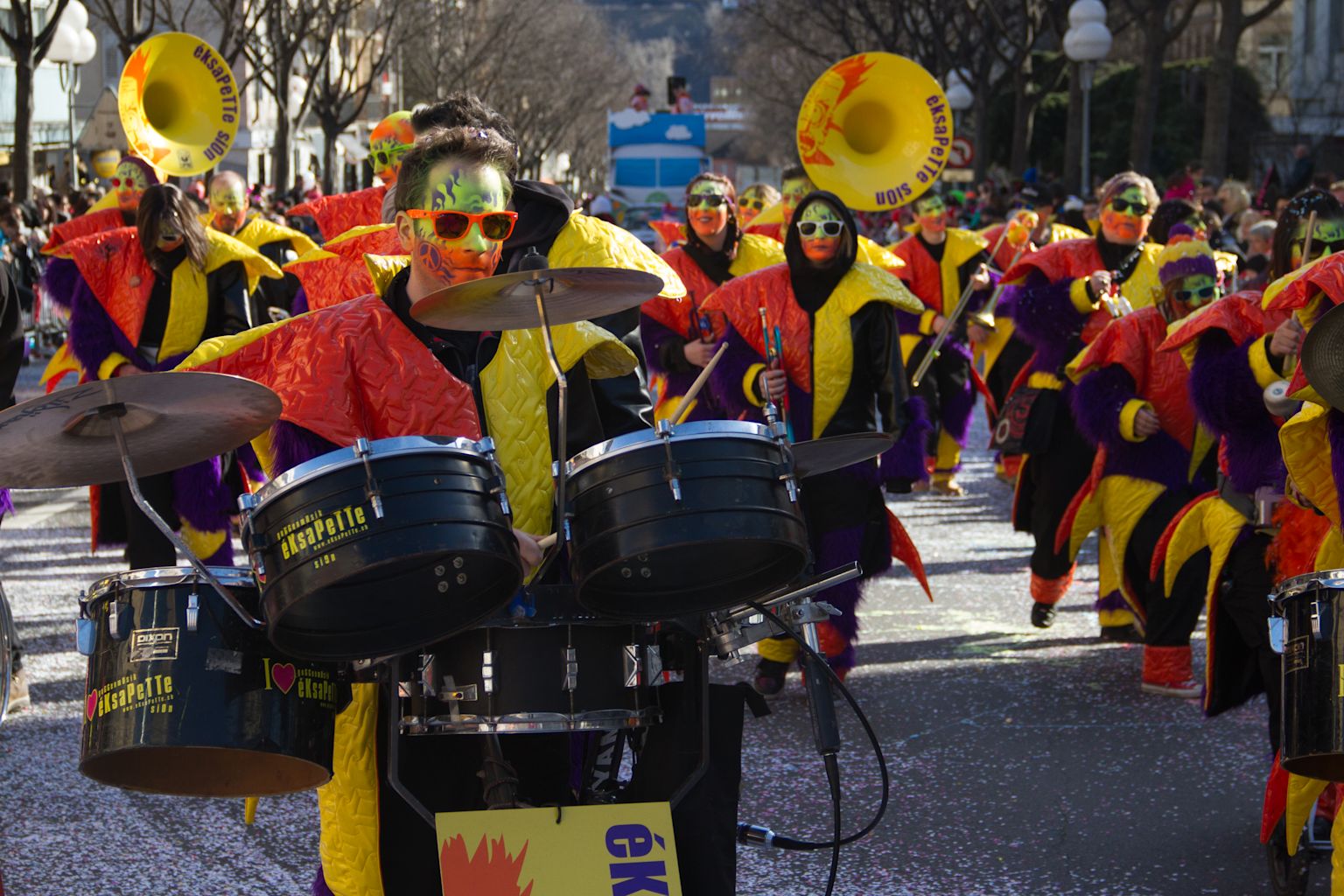
Processions
Among the Carnival traditions is the procession, during which guggens, floats and in some cases special Carnival demons (such as Tschäggättä or Empaillés) wind through the town or village along a set route. The floats are decorated in satirical style, making reference to events that have taken place during the year. Confetti cannons on the floats shower spectators with colourful confetti; the spectators, meanwhile, armed with bags of confetti themselves, respond in kind. Children wind up the procession with a confetti battle in the streets.
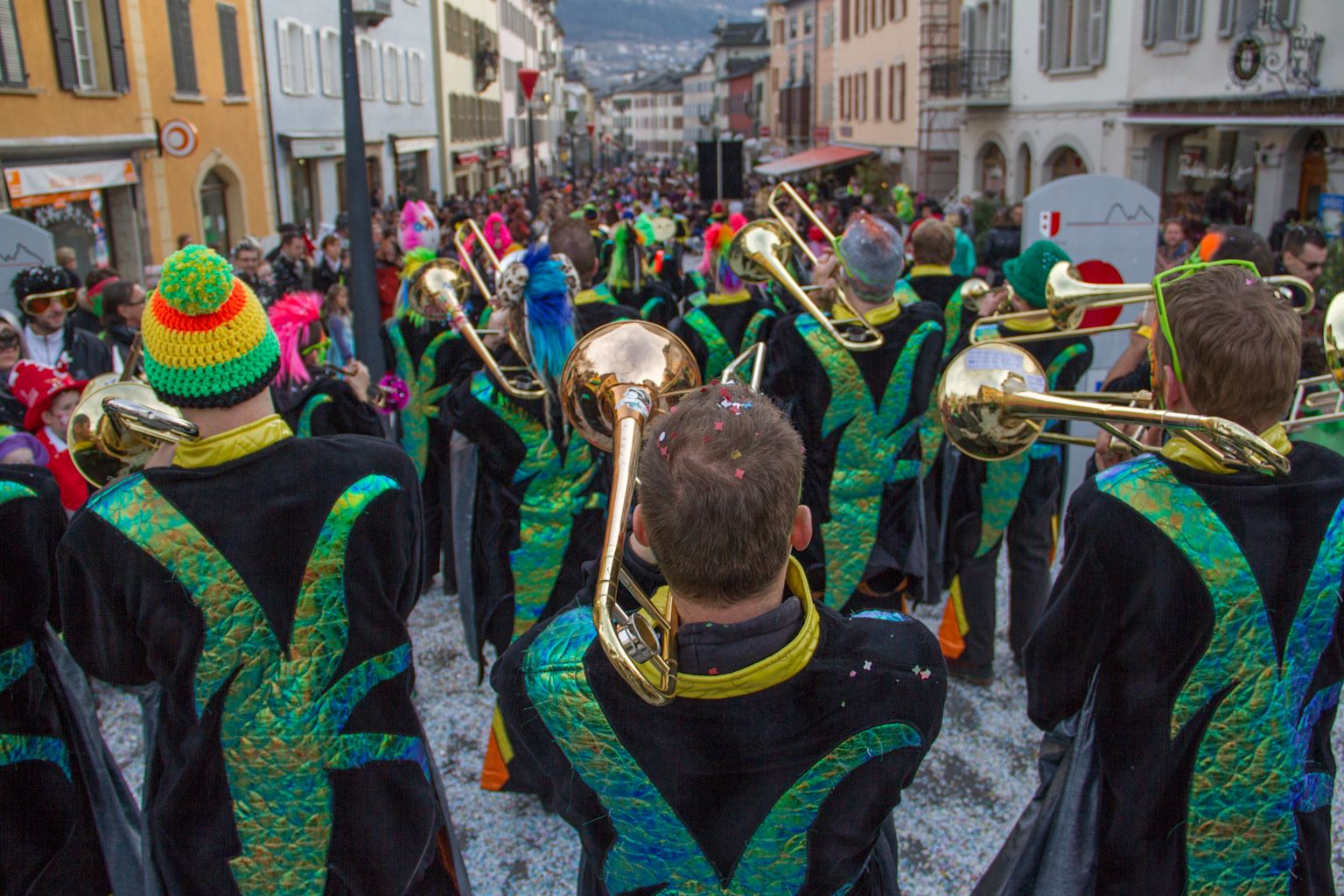
Burning “Old man winter”
Carnival has always been linked to the end of winter and the arrival of spring. To symbolise this change of season, certain villages have a tradition whereby a figure representing winter (known in dialect as the Poutratze) is made from wood or papier mâché. “Old man winter” is then tried and sentenced to be “put to death” on a pyre. If he burns quickly, that means summer will be hot; if he takes a while to burn or if the fire goes out, that means summer will be wet.
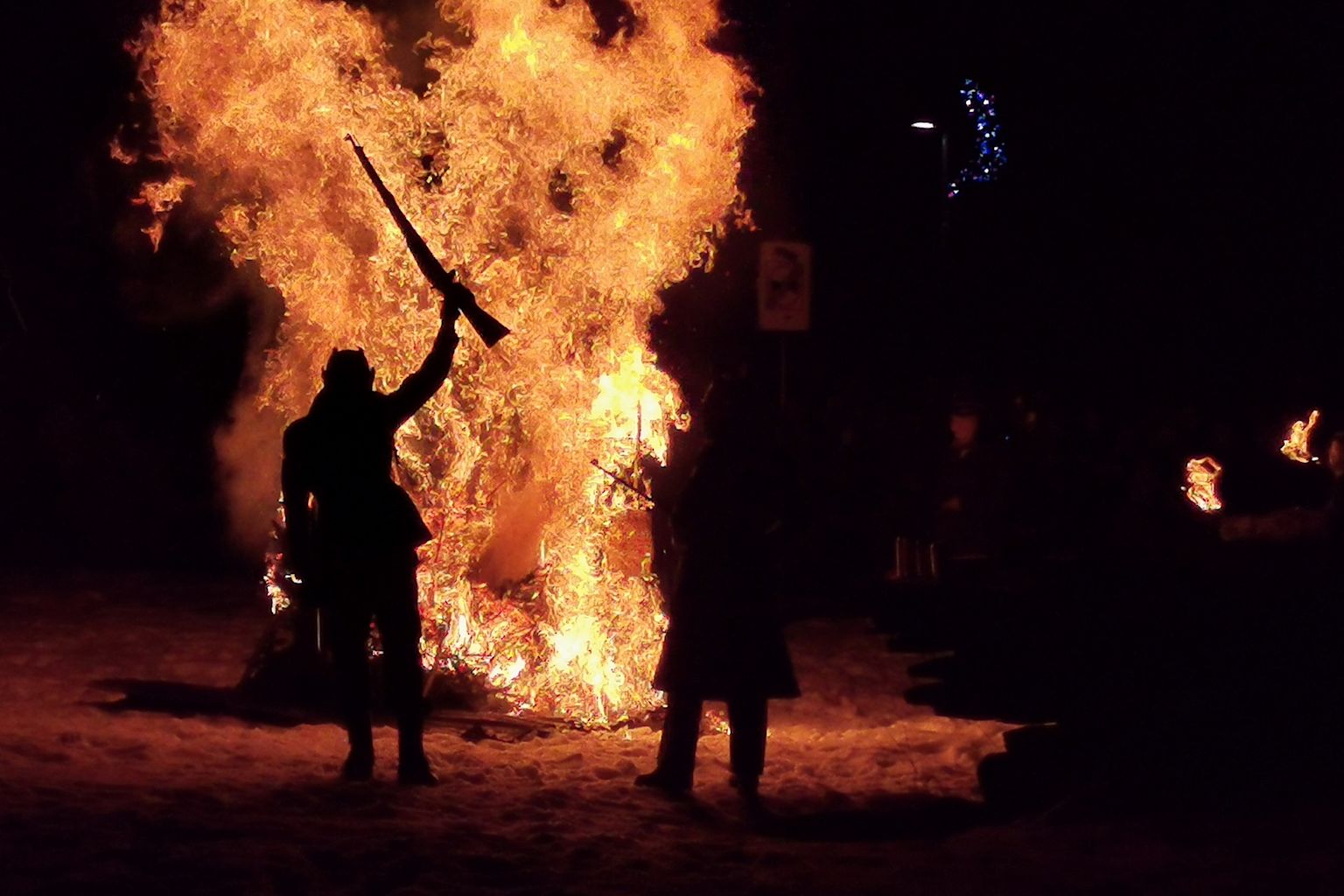
Special Carnival traditions to see
Monthey
One of the best-known Carnival celebrations in French-speaking Switzerland is unusual in that it begins the weekend before Jeudi Gras (“Fat Thursday”) with a “Petit Carnaval”. Another highlight of Monthey’s Carnival is Pimponicaille. This is the local name for the Carnival Monday, when a big celebration takes place; it also designates the Carnival hymn, which is played and sung regularly during the evenings at Monthey.
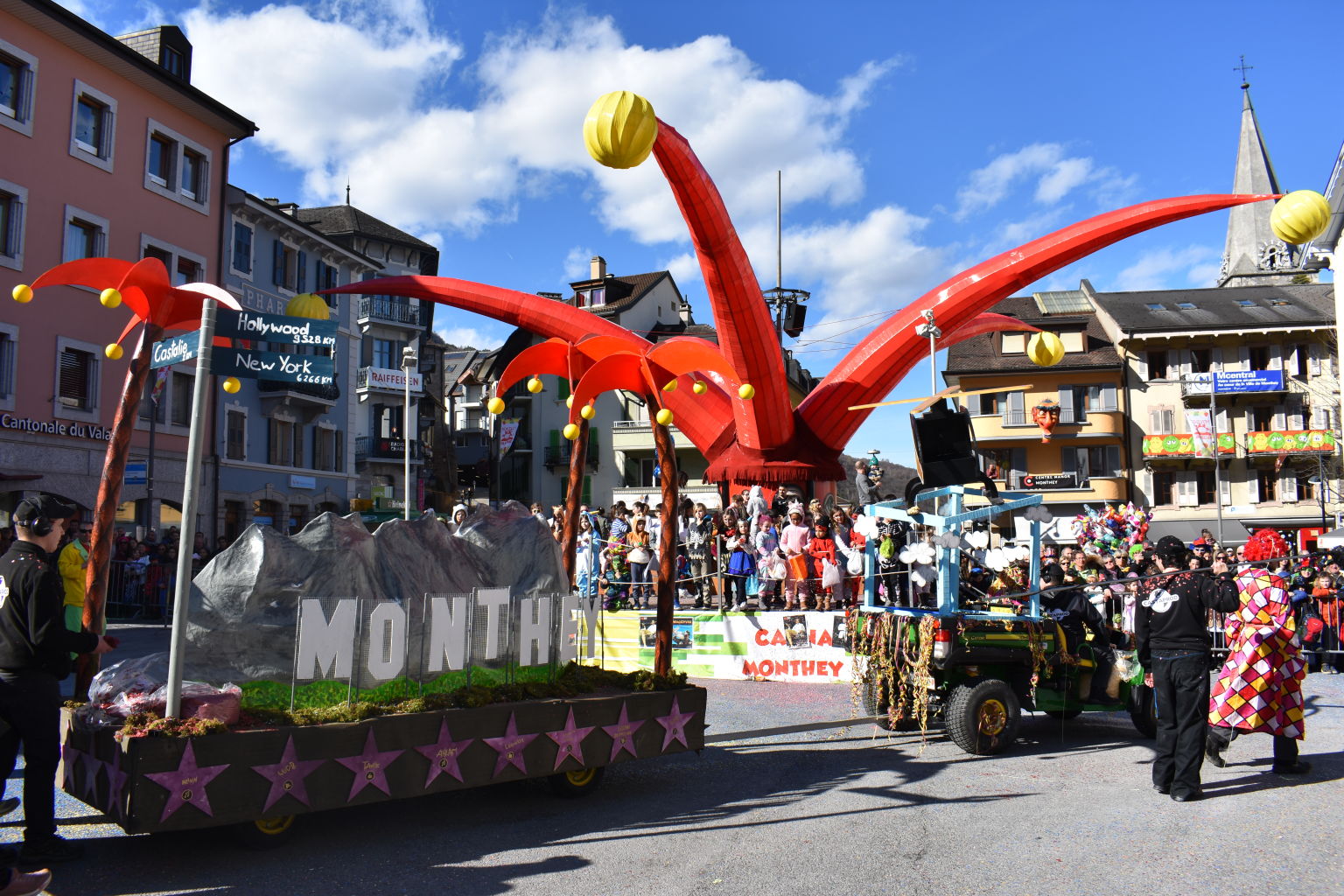
Sion
According to legend, the sorcerer of Sion was too much of a reveller for the town authorities, so he lived as a recluse all year in his tower near the Old Town. On Jeudi Gras (“Fat Thursday”), he is liberated during the traditional Réveil du Sorcier (“Sorcerer’s Awakening”) in order to celebrate Carnival. Another highlight is the procession of horses on Sunday, with riders in costume.
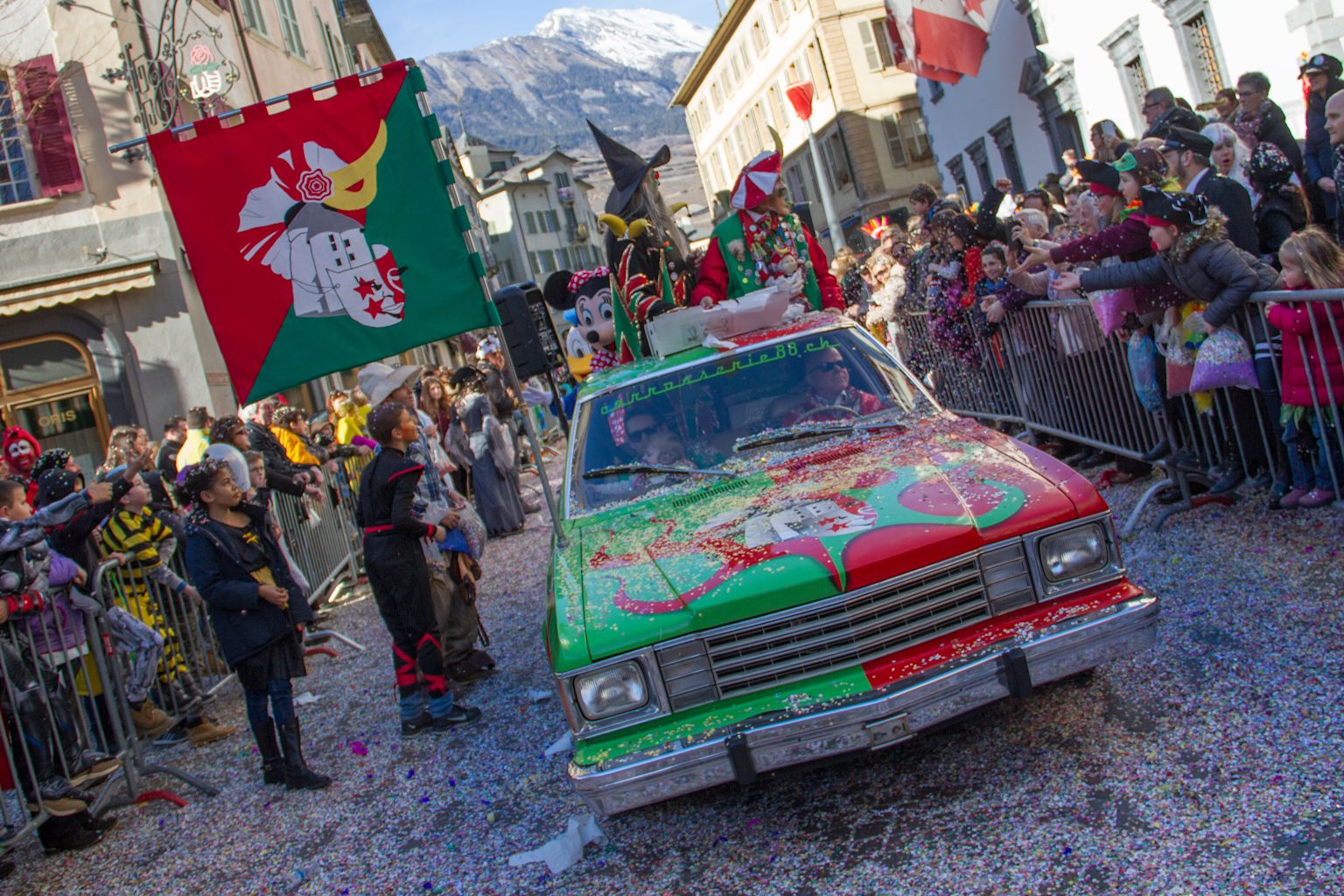
Evolène
Carnival traditions are still very much alive in Evolène. It is here that visitors can see the Peluches and Empaillés – and also the Maries. These are young men dressed as women in traditional Evolène costume, who perform scenes from the life of Marie, a former resident of the village, in local dialect.
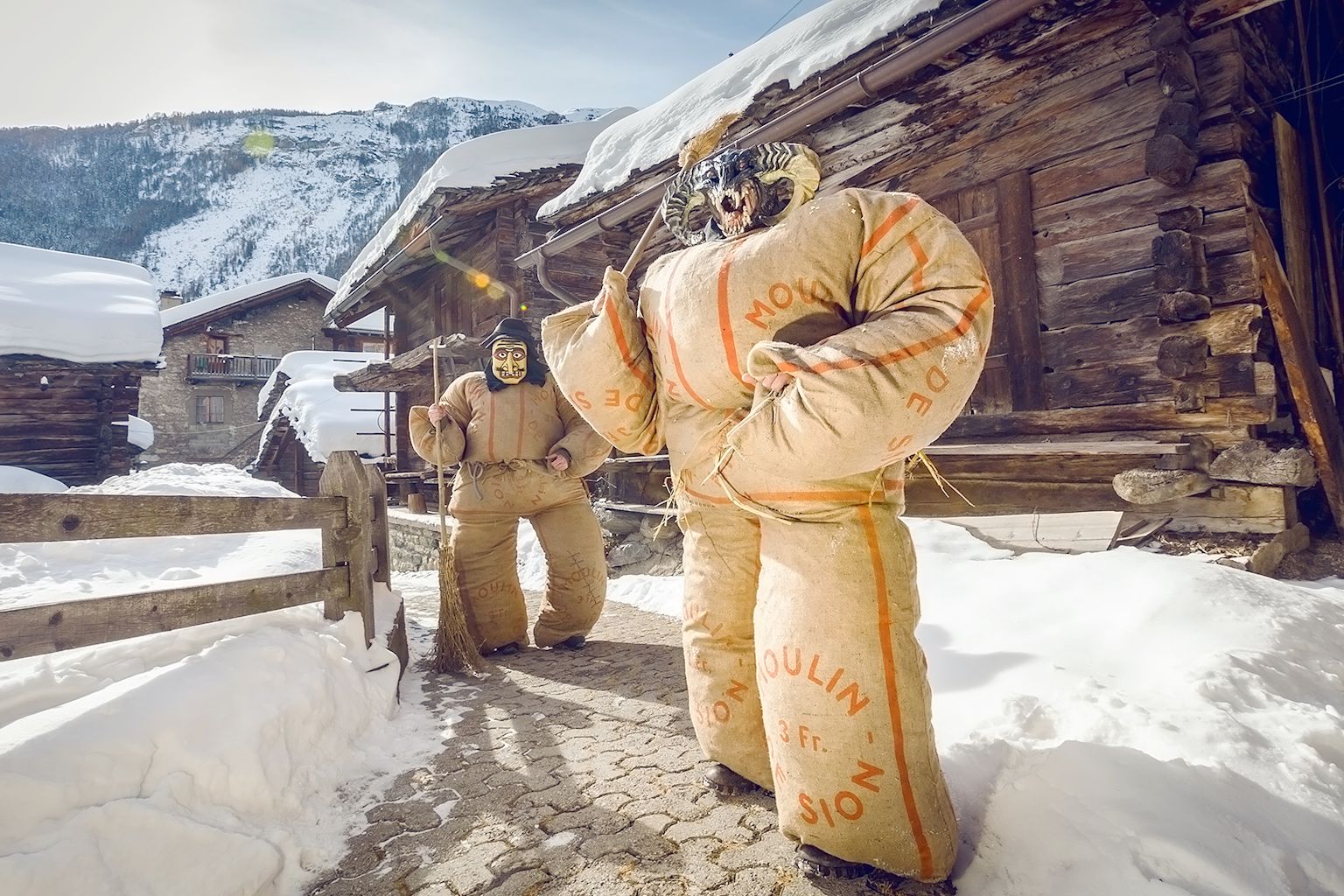
Lötschental
The Lötschental is THE key valley for celebrating Carnival in Valais. During this period, the villages are invaded by the Tschäggättä, who gather to sweep through the valley and scare passers-by during the big Carnival processions.
